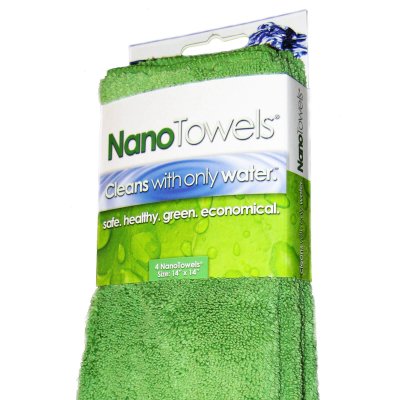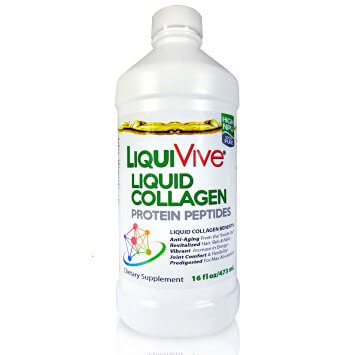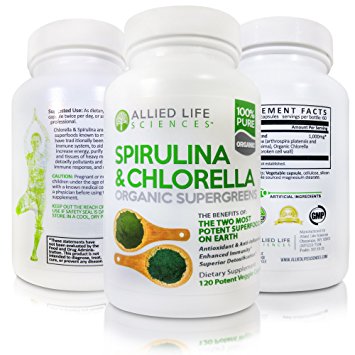Water Is Not Only Critical To Our Survival, It Is Critical To Our Economy.
If you believe, correctly, that gold, oil and wheat are some of the most valuable commodities on Earth, think about water for a moment!
There is a fascinating book — The Frozen Water Trade — by Gavin Weightman. It’s a story of one man, Frederic Tudor, and his obsessive pursuit of what his friends and even family viewed as sheer lunacy.
Tudor was certain that he could sell Massachusetts ice in the tropics at a high profit. He eventually succeeded, but endured financial ruin, sea-going catastrophes, multiple trips to debtors’ prison and even a mental breakdown on his way to a fabulous fortune and a place in history.
In the early 1800s, the harvest was what sailors in the trade called “frozen water” — more commonly known as ice. It grew into such a thriving business that battles were fought in court over who owned the ice in winter-locked ponds and rivers. The ice was harvested by horse-drawn plows and men wielding chisels, often by the light of the moon (the colder the temperature, the better the ice harvest).
Properly stored, winter ice could last through a long sea voyage into tropical climates and all summer long. In fact, under the right conditions, ice could last for years.
Some fascinating facts:
Transplanted British, French and Spanish colonists in the tropics were the first to put ice cubes in their drinks. Next time you have a cocktail on the rocks, hoist a toast to those hardy pioneers.
It wasn’t until the frozen water trade began that the idea of ice boxes came about … an idea that made its way into every American household and continues with today’s refrigerator.
Though forgotten today, icemen made deliveries in parts of the United States until the 1950s. My friend Dennis Dunn, who was born in Detroit in 1946, remembers well the horse-drawn ice wagon making deliveries on his street. Refrigeration was invented in the 1800s, but only became common in American homes with municipal electrification in the 1920s and ’30s. Still, many stubborn consumers clung to their “ice boxes.”
Ice from New England was sold in Calcutta for 50 years till eventually electrification killed the frozen water trade.
And once again, a resource that many take for granted — water — is becoming very valuable. Did you know …
Parts of Georgia and North Carolina could actually run out of water this year, unless they get torrential rains. The situation is so bad that Georgia is trying to move its border with Tennessee to annex part of the Tennessee River.
A water crisis is also building in California. The Los Angeles region has enough natural water resources to support one million people; the population today is closing in on 20 million. According to the California Department of Water Resources, if more supplies aren’t found by 2020, the region will face a shortfall nearly as great as the total amount consumed today.
The UN reports that the Himalayan glaciers that are the sources of Asia’s biggest rivers — the Ganges, Indus, Brahmaputra, Yangtze, Mekong, Salween and Yellow Rivers — could disappear by 2035 as temperatures rise. About 2.4 billion people depend on that water.
Less than 15% of the Chinese population has access to clean drinking water; China’s government will spend $128 billion on water infrastructure in the next five years.
It’s not just the third world that’s in water trouble. The EPA says that 25% of U.S. water pipes are in poor shape, and by 2020, 45% of U.S. water utilities will need repair. Many municipalities are turning to private water companies to upgrade their water systems.
Americans spend more on bottled water than they do on movie tickets or the latest gadgets — a whopping $15 billion last year. And as much as U.S. consumers complain about the rising cost of gasoline, they willingly shell out two or three times that for an equivalent amount of bottled water!




